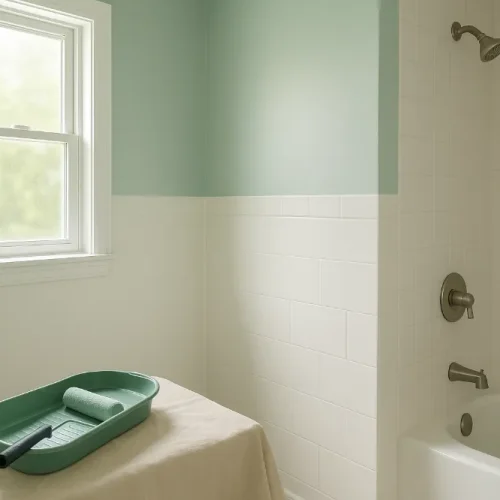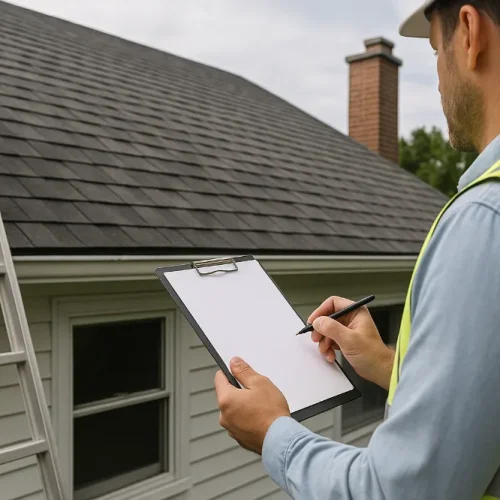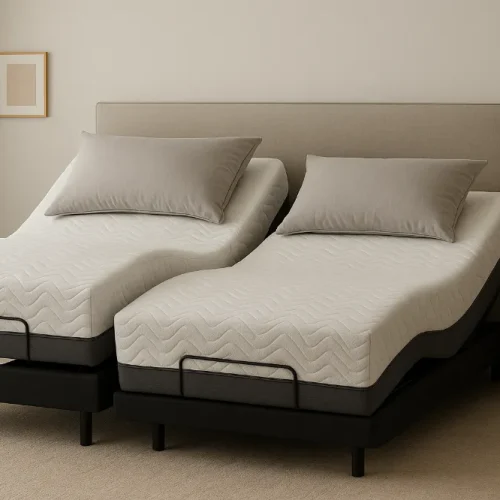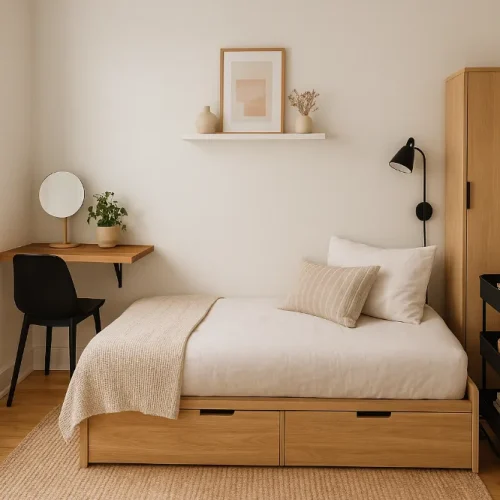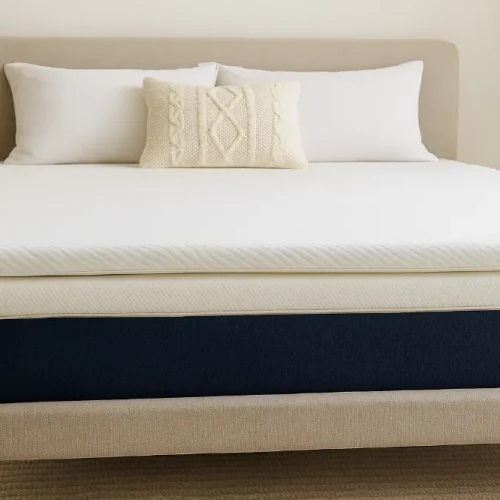
For many homeowners, the garage ends up being the most neglected space in the house. Boxes pile up, tools scatter, and before long, parking a car inside feels impossible. It’s a common issue that stems from how easy it is to treat the garage as a dumping ground for things that don’t fit elsewhere.
But that same space can become one of the most practical areas in your home. With a few well-planned changes, your garage can serve multiple purposes. Turning it into a space you actually enjoy using doesn’t require major construction. It just needs structure, purpose, and a bit of effort to make the most of what’s already there.
1. Define the Main Purpose of the Space
Every good project starts with a clear goal. Think about how you’d like to use your garage once it’s organized. If you enjoy fitness, maybe it becomes a home gym. If you need a workspace, it could serve as a small workshop. Some people even turn their garages into home offices or hobby corners.
Defining the main purpose helps guide every decision that follows — from what storage to install to how much lighting you’ll need. It also prevents the space from becoming cluttered again. You can always leave room for flexibility, but having one clear purpose ensures your garage works for your daily life, not against it.
2. Improve Ventilation and Air Quality
Garages often trap heat, dust, and fumes. Improving ventilation keeps the space safer and more comfortable. You can start by adding vent fans or a small exhaust system to remove stale air. Louvered windows or side vents allow fresh air to flow through naturally.
When upgrading your space, also consider the role of garage door installation in maintaining airflow and insulation a well-fitted door seals gaps, helps regulate temperature, and supports good ventilation overall.
3. Insulate and Keep the Temperature Comfortable
If you plan to spend time in your garage, comfort matters. Insulation isn’t just for keeping warm in winter; it also helps keep the space cool during hot months. Insulated walls and ceilings reduce noise and improve energy efficiency.
Seal gaps around windows and doors to keep drafts and dust out. If your garage floor feels damp or cold, consider adding a floor mat or a sealant coating. These small changes make the space more inviting and usable throughout the year. Even a few affordable updates can turn an uncomfortable garage into a spot you’ll actually want to spend time in.
4. Brighten the Space with Practical Lighting
Good lighting can completely change how your garage feels and functions. Most garages start with a single bulb, which leaves dark corners and poor visibility. Upgrading to LED lights can make a huge difference. They’re energy-efficient, bright, and long-lasting.
Use overhead fixtures for general lighting and add task lights above workbenches or storage zones. Motion-sensor lights near the entry can add convenience and safety. A well-lit garage not only looks cleaner but also helps you stay organized and productive. You’ll spend less time searching for things and more time actually using the space for what it’s meant to do.
5. Choose Flooring That Matches Your Garage’s Purpose
The type of flooring you choose affects both the look and function of your garage. Bare concrete may seem fine at first, but it stains easily and can crack over time. A simple upgrade can make a big difference. Epoxy coatings are a popular choice because they create a hard, glossy surface that resists oil and chemical spills. Interlocking rubber or vinyl tiles are another good option, especially if you plan to use the space as a gym or workshop.
Before applying any coating or laying tiles, make sure the floor is clean and dry. Fill in cracks and level uneven spots for a smooth finish. The goal is to create a durable surface that’s easy to clean and comfortable to stand on. A well-chosen floor makes the garage safer, more attractive, and easier to maintain.
6. Make the Most of Smart Storage Solutions
Good storage design is what keeps your garage organized long-term. Relying only on shelves or cabinets can quickly lead to clutter again. The key is to use all available space, especially the walls and ceiling. Wall-mounted systems like pegboards or slat walls are great for hanging tools, bikes, or garden equipment. Overhead racks can hold seasonal items such as holiday decorations or camping gear.
Label bins and containers so you can find things easily. Clear bins are especially useful because you can see what’s inside without opening them. Keep heavy or frequently used items within easy reach and lighter items higher up. A clear system ensures that your garage stays tidy without much effort. When everything has a place, it’s easier to maintain the space you’ve worked to create.
7. Add Personal Touches That Make It Feel Finished
Once the structure and layout are set, small details make the garage feel complete. A fresh coat of paint brightens up the space instantly. Choose light colors to make it feel larger and cleaner. Adding framed art, a small rug, or even a plant can soften the industrial feel.
If you plan to use the garage as a gym or hobby area, include simple décor that suits your style. Hooks for gym towels, a small sound system, or a corkboard for notes can make the area feel more personal. These touches turn your garage from a storage room into a real part of your home.
Transforming your garage doesn’t have to be overwhelming. The process starts with clearing out the clutter and giving the space a clear purpose. With planning, proper lighting, durable flooring, and smart storage, you can create a garage that adds real value to your home.
When ventilation, insulation, and small finishing details come together, the garage becomes more than just a place to park it becomes a functional area that supports your lifestyle. The result is a space you’ll actually want to use, not one you’ll avoid. By taking small, practical steps, you can turn an overlooked part of your home into something that’s organized, efficient, and truly useful.
FAQs
Garages often collect items that don’t have a designated place inside the home, causing clutter to build up over time.
Start by defining a clear purpose for the space so you can plan storage, layout, and features around that goal.
For minor improvements, no. But major remodels or converting it into a living space may require permits depending on local codes.
Add vent fans, side vents, or an exhaust system, and make sure your garage door seals properly for good airflow.
Yes insulation helps regulate temperature, reduces noise, and makes the space more comfortable year-round.
LED overhead lights provide strong general lighting, while task lights help illuminate work areas.
Epoxy coatings, rubber tiles, and vinyl tiles are durable, easy to clean, and suited for gym, workshop, or hobby spaces.
Use vertical storage like pegboards, slat walls, and ceiling racks, and label all bins to maintain clear order.
Yes with ventilation, lighting, insulation, and storage in place, garages can be converted into gyms, offices, or hobby rooms.
Add paint, décor, rugs, or plants to soften the space and make it feel like a functional extension of your home.


